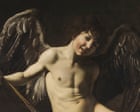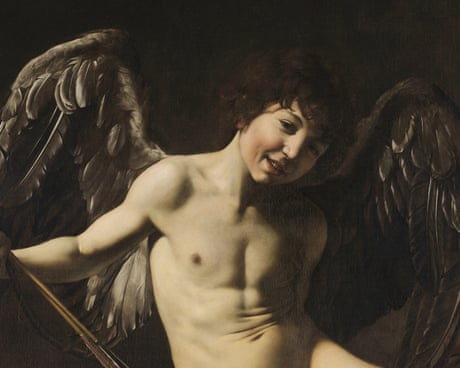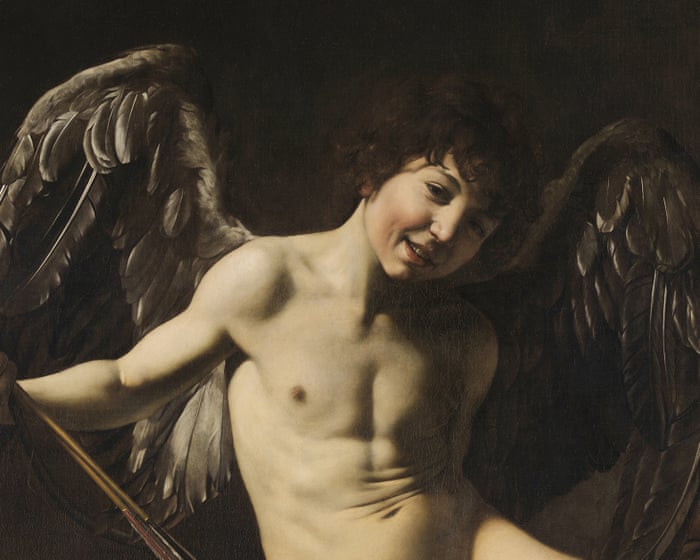Who was Caravaggio’s black-winged god of love? What this masterpiece reveals about the rogue genius
In three thrilling works by Caravaggio, the same boy’s face crops up. As one – the astonishing Victorious Cupid – arrives in Britain, we ask: who was this anarchic model and muse?
The boy howls as his head is held down, a huge thumb pressing into his cheek as his father’s mighty hand holds him by the neck. This is The Sacrifice of Isaac and I am looking at it in the Uffizi Gallery, Florence, feeling distressed by how Caravaggio has so chillingly rendered the face of this suffering child from the biblical tale. It looks as if Abraham, who has been told by God to kill his son, could break his neck with just one twist. Yet Abraham’s preferred method is with the silvery grey knife he holds in his other hand, ready to slit Isaac’s throat. One thing’s for certain – whoever posed as Isaac for this astonishing work was a great actor. There is not just dread, shock and pleading in his darkened eyes but also grief that a guardian could betray him so utterly.
Standing in front of the painting, I know this is a real face, an accurate record of a young model, because the same boy – recognisable by his tousled hair and almost black eyes – appears in two other paintings by Caravaggio. In each, that richly expressive face steals the show. In John the Baptist, he looks mischievously out of the shadows while cuddling a ram. In Victorious Cupid, he grins with a hardness learned on Rome’s streets, his black feathery wings demonic, a naked kid running riot in a well-to-do house.
Continue reading...
© Photograph: Gemäldegalerie, Staatliche Museen zu Berlin / Image by Google; Public Domain Mark 1.0

© Photograph: Gemäldegalerie, Staatliche Museen zu Berlin / Image by Google; Public Domain Mark 1.0

© Photograph: Gemäldegalerie, Staatliche Museen zu Berlin / Image by Google; Public Domain Mark 1.0